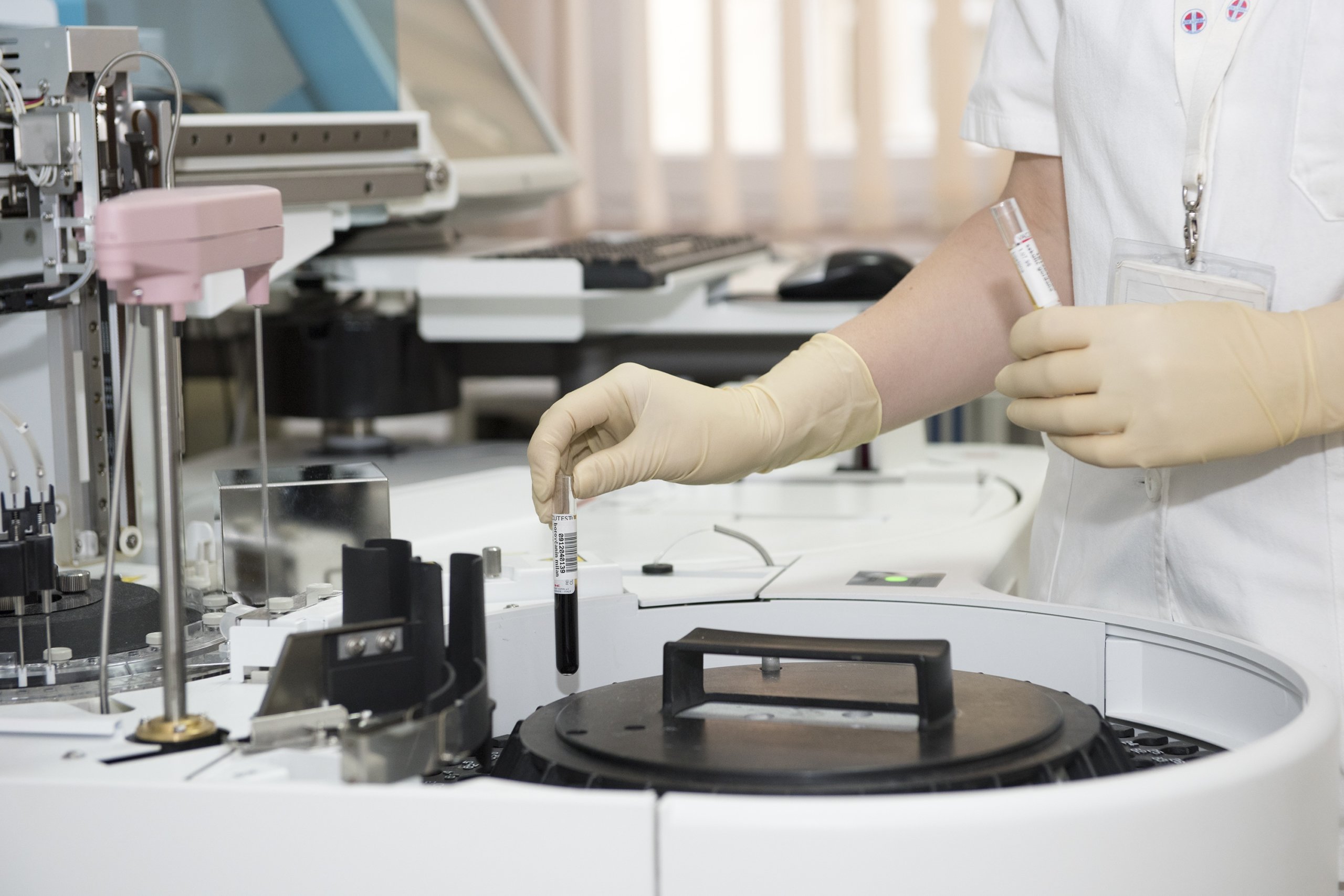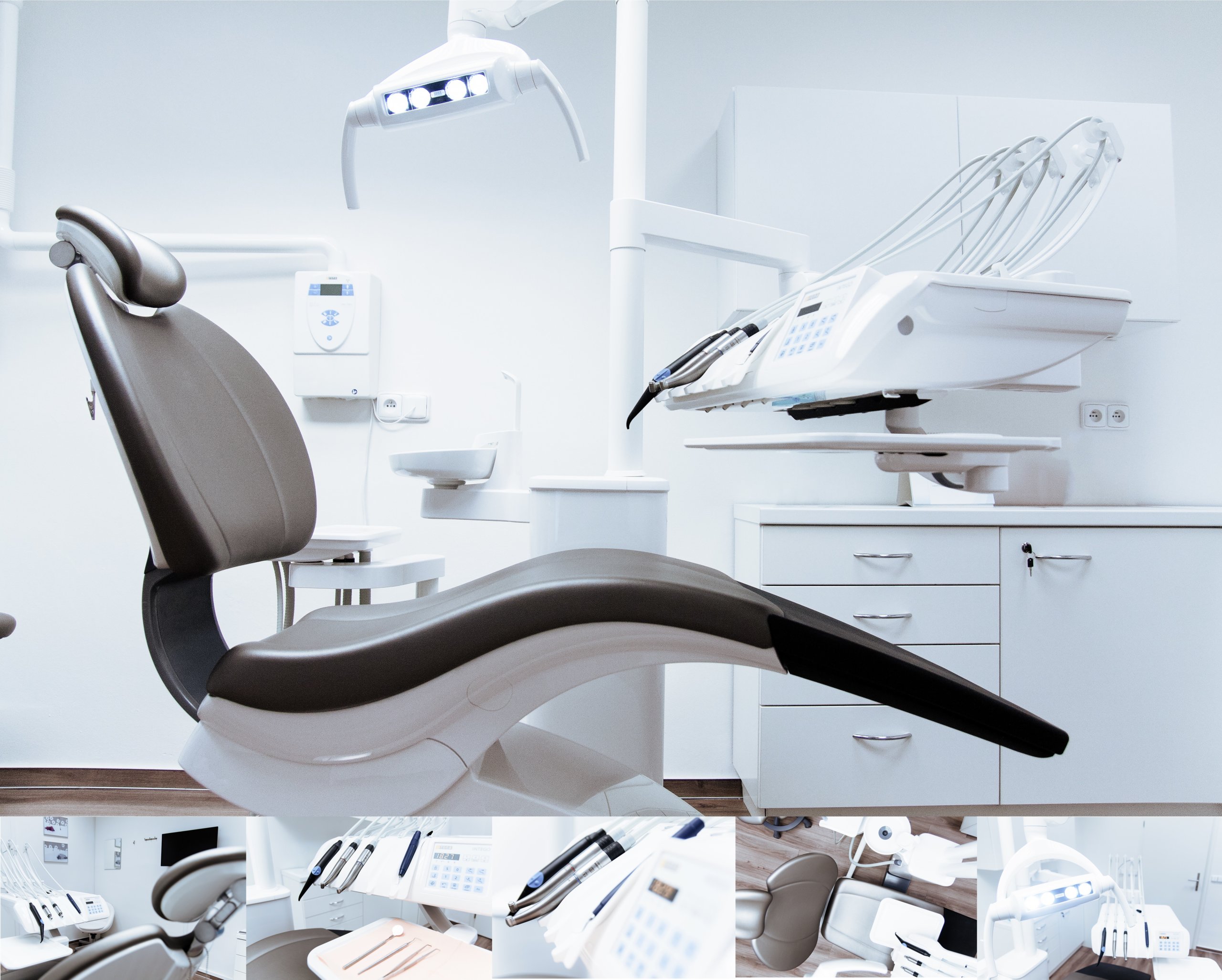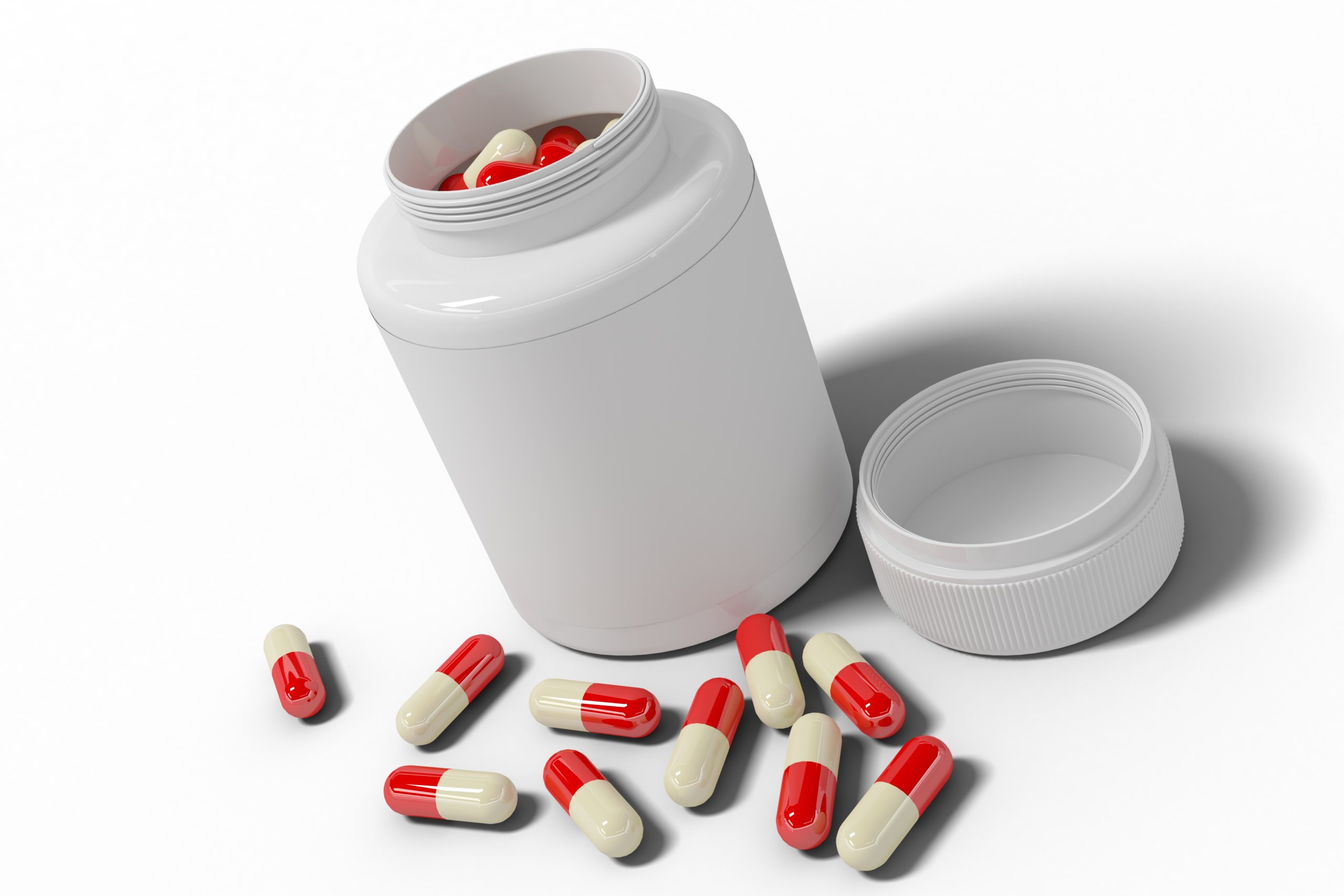 The Internet of Things (IoT) is causing ripples through various industries. Previously, we took a look at how IoT is transforming health tech for providers. In this post, we’ll examine the inverse side of this equation: IoT is also changing how consumers can utilize healthcare services for the better.
The Internet of Things (IoT) is causing ripples through various industries. Previously, we took a look at how IoT is transforming health tech for providers. In this post, we’ll examine the inverse side of this equation: IoT is also changing how consumers can utilize healthcare services for the better.
A More Holistic Picture of Your Health
Almost 85% of adults and 93% of children in the United States visit a healthcare provider once a year. To put this in perspective, let’s look at how things once were. Before, the average consumer was only privy to doctors’ insights into their health around the time of their visits.
Thanks to the advent and acceleration of IoT development, we now have the opportunity to see a precise, more detailed picture of our health on a day-to-day basis. Appointments with providers are no longer the only avenue for people to check in on their well-being. With constant internet connectivity, wearable devices allow us to conveniently monitor many aspects of our health such as nutrition, blood sugar, heart rate, and much more.
Keep in mind, all of this was only accomplished in the last decade or so. It’s one of the biggest wins for healthcare IoT. But as far as potential goes, it only touches the tip of the iceberg.
Imagine what the next ten years will bring. In particular, three aspects of everyday healthcare will experience drastic changes in the next few years: remote patient monitoring, electronic health record (EHR) interoperability, and caregiving.
Revamping Check-Ins With Remote Patient Monitoring
60% of Americans deal with at least one chronic disease like diabetes, heart disease, or autoimmune disorders. In terms of economics, chronic disease management accounts for more than 85% of U.S direct healthcare spending and 93% of Medicare spending. It’s normal for those afflicted with chronic illnesses to have to visit medical facilities multiple times in the span of a month. But this gets complicated quickly when considering one other factor: 60 million Americans live in rural areas.
This means that, for 20% of Americans, a trip to a healthcare facility is quite inconvenient, to put it mildly. When you lump this together with other burdens chronic illness patients face (emergency care, time spent outside of the workforce, etc.), it’s easy to see that this issue is far too great to ignore. Fortunately, IoT innovation is making leaps and bounds in remote patient monitoring.
Combined with connected devices, remote patient monitoring is allowing patients to check in with their doctors from anywhere in the world. And these digital appointments aren’t only limited to voicing inquiries and concerns. With the ability to perform simple tests and measurements, patients can get real-time health updates from their physicians and gain a better understanding of their care plans.
Let’s see this in action with an example. The University of Mississippi Medical Center recently piloted a remote monitoring program for Type II diabetes patients in rural Mississippi. The objective was to conduct all regular maintenance appointments remotely through IoT-connected devices. When the study commenced, researchers reported that there were no emergency visits or hospitalizations associated with any of the participants. In total, patients saved about 10,000 miles of travel.
Another study found that remote patient monitoring reduced all-cause mortalities by 20% and inpatient care stays by 25%. While remote patient monitoring is still in its early stages, it’s clear that this paradigm has the potential to not only save tons of time and money but also improve the patients’ quality of life as well.
Improving Efficiency With EHR Interoperability
EHRs have been the bane of both doctors and patients for quite some time. Because many healthcare systems are not connected, consumers often find themselves reiterating information every time they see a new doctor. And it’s very easy to forget some of the finer details when you’re explaining your situation for the tenth time. To make matters worse, the average hospital utilizes 16 disparate EHR vendors.

Yes, we can now view our health records, test results, and other metrics online. But because there is no standardization of data formatting and transmittal between EHR systems, patients are often left picking up the pieces of their own puzzle so doctors can accurately understand what’s ailing them.
Expect this to change with IoT connectivity. Connected devices are not only capable of recording health data; they’re also being used to connect to multiple EHRs. This profound (and overdue) interoperability is enabling every physician involved in a patient’s care plan to receive and view crucial data in real-time, regardless of what hospital they’re at.
This also benefits the dialogue between patients and doctors. Because their EHR data is stored in the cloud, consumers gain more insight into their doctors’ notes and treatment plans for them. In turn, this transparency lets consumers ask more specific questions and make better decisions about their health.
Streamlining Caregiving
Across the world, more adults than ever before have become responsible for taking care of aging parents as well as their own growing children. Unfortunately, in many scenarios, people can’t afford to take care of aging loved ones in person. However, remote patient monitoring and connected devices are easing this overwhelming burden.
For a long time, medication nonadherence has exacerbated these situations. In fact, it’s a problem that has reached epidemic proportions in America alone. Luckily, smart pill bottles and connected caps are making it easier for caregivers to ensure their loved ones take their medicine on time.

Some platforms in this arena require patients to record and send caregivers a video of them taking their proper dosage. Others will send a text alert to caregivers and even doctors if medication is missed. Some will even notify you when it’s time to refill your prescription. Regardless of the methodology, they’re all helping to achieve the same goal: keep patients compliant with their medicine schedule.
EHR innovators are taking this a step further by giving caregivers special access to their loved one’s records. For example, if a caregiver cannot come to a regular check-up, they can review the doctor’s findings and resultant care plan within minutes of the visit ending. Combining this with connected wearable devices, caregivers can actively monitor their loved one’s health on an unparalleled level.
The Right Dose of Innovation
IoT is still emerging as a technology. But it has already outgrown its place in R&D labs and development hubs like San Francisco to bring healthcare providers and patients unprecedented benefits.
Make no mistake; this is only the beginning. Every day brings more improvements and innovation. And each one of them takes us a step closer to a healthier future.
What IoT healthcare developments are you most excited about? Let us know in the comments!





